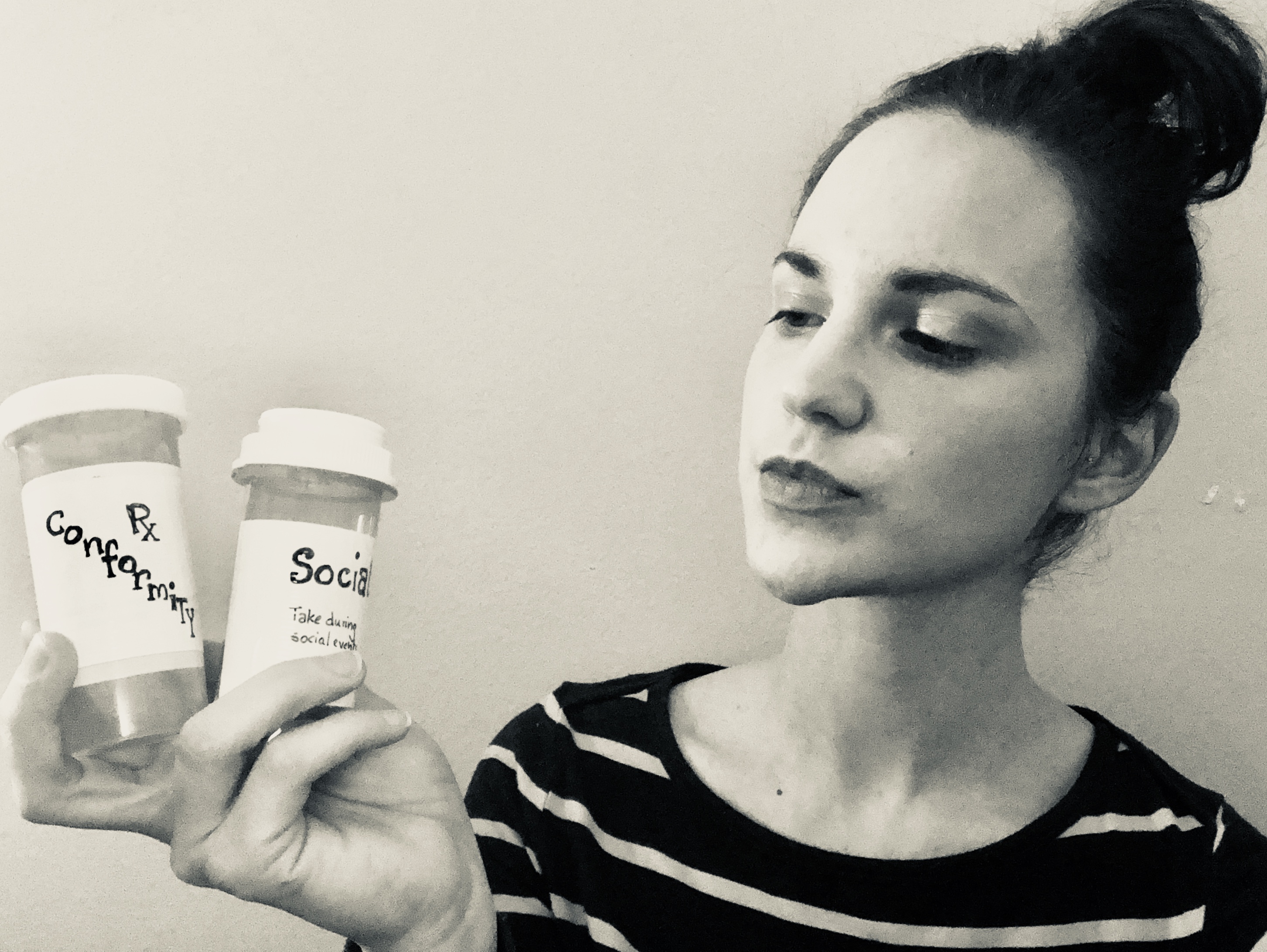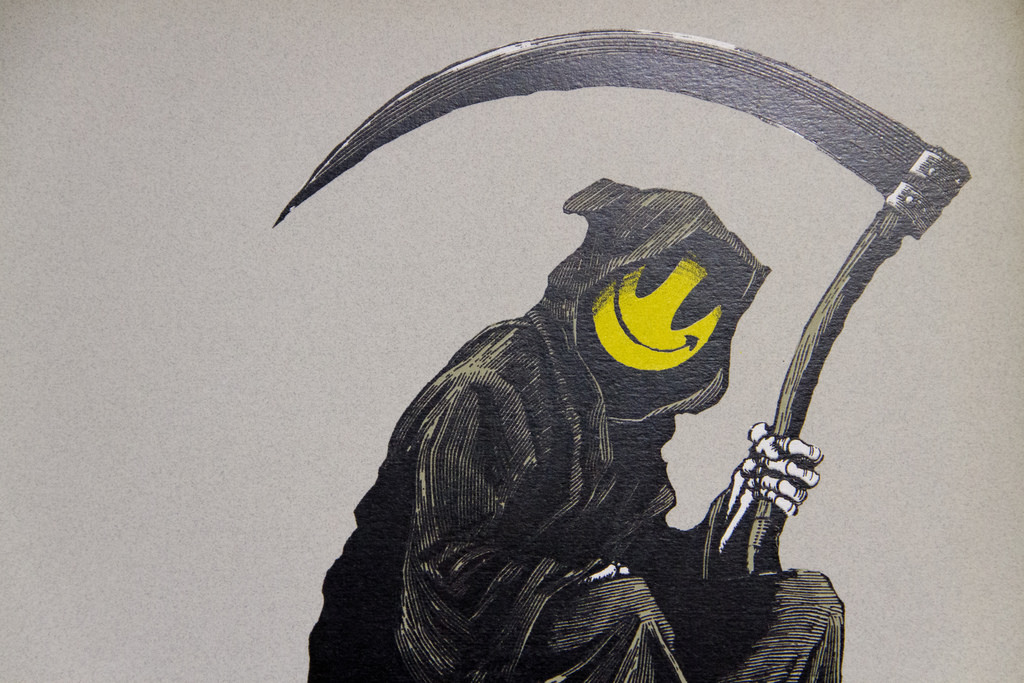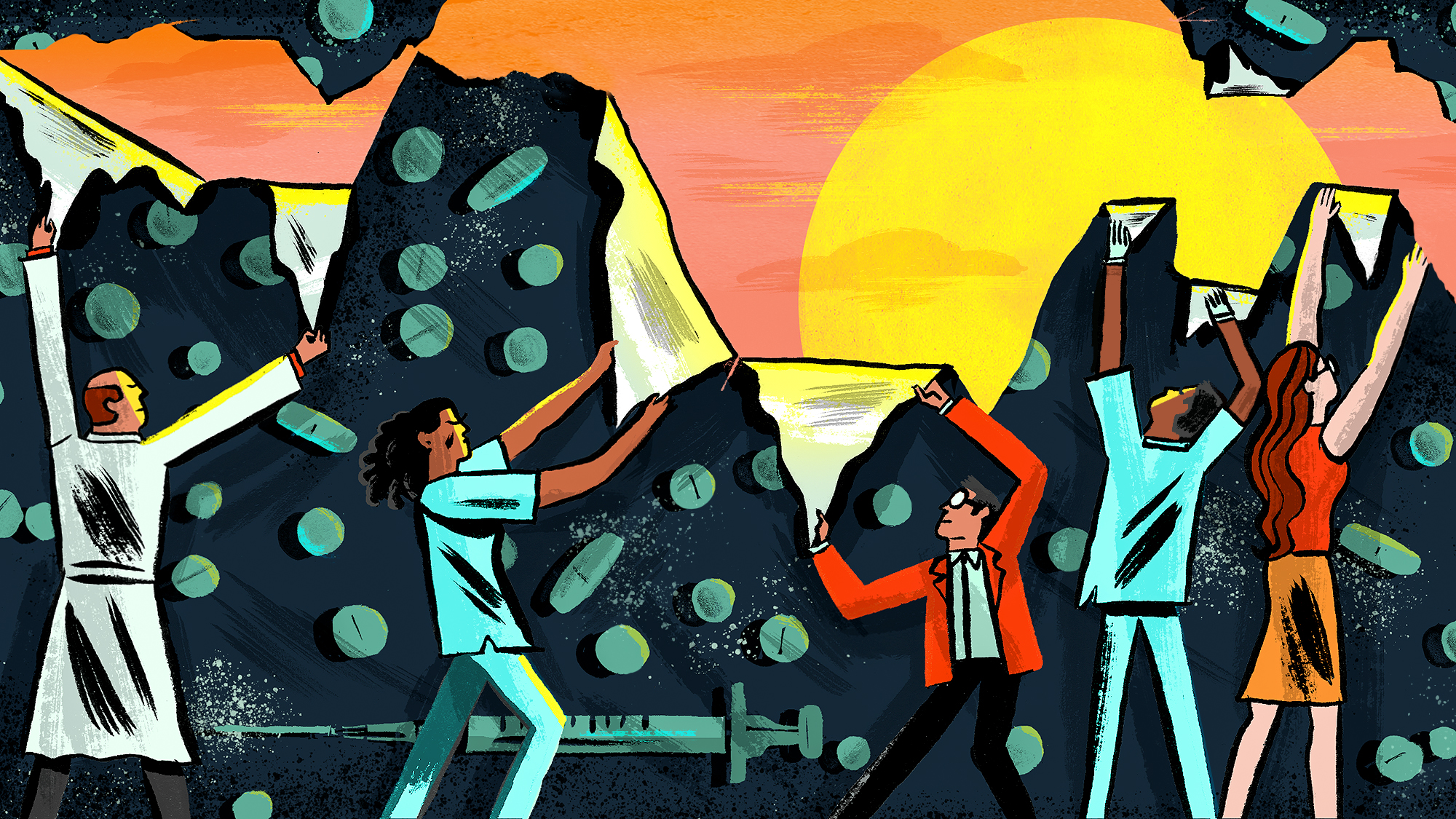Consider the following scenario:
Dylan Dawson is a master’s student from a prestigious school majoring in industrial engineering. Besides academic responsibilities, he’s also involved in several extracurricular activities. His recent project is organizing a TEDx event on campus. Dylan Dawson is dealing with too many obligations right now, so he goes to his doctor and asks for a prescription of Vyvanse, a stimulant in the amphetamine class prescribed to treat mostly attention deficit hyperactivity disorder (ADHD). Dylan receives a temporary prescription for Vyvanse, so he can stay focused and motivated while juggling with classes, course work, working out, and organizing the TEDx event.
Dylan isn’t diagnosed with any pathological disease that would require him to take Vyvanse. The purpose of him taking this prescription drug is to ace all his exams, stick to his workout routine, and organize a successful TEDx event.

There is even a term describing Dylan’s situation: cosmetic psychopharmacology, coined by Peter Kramer, a psychiatrist and faculty member at Brown Medical School. Kramer defines cosmetic pharmacology as “using medications to induce desirable and socially rewarding personality traits in healthy individuals.” In case of Dylan Dawson, he used Vyvanse to enhance his cognitive performance to power through a challenging time even though he was perfectly healthy.Continue reading…
Deep in the Gombe National Park in Tanzania two famous primatologists, Richard Wrangham from Harvard University and Toshisada Nishida from Kyoto University, noticed an unusual dietary pattern among the local chimpanzees. The animals would dine on leaves of a plant from the daisy family called Aspilia. Instead of chewing on the leaves, the chimpanzees would put the leaves under their tongues for a stretch of time and then swallow the entire leaves. The chimps would frown while holding the leaves under their tongues for a good reason – Aspilia is known for its bitter taste. This means that the chimps were not eating these leaves because they tasted good but for another unknown reason that intrigued the scientists.
Fascinated by this observation, Drs. Wragham and Nishida sent samples of the Aspilia plant to a chemist, Eloy Rodriquez at the University of California in Irvine. After a thorough biochemical analysis, Dr. Rodriquez identified an abundant phytochemical in those leaves called Thiarubrine A, which acts as a potent antibacterial and antiparasitic agent. The chimpanzees consumed just enough of Thiarubrine A to kill up to 80% of parasites in their intestines.Continue reading…
On the way to school Oliver and Edward were walking next to the Liten Burial Ground, a local cemetery located in Basingstoke in south central England.
They walked along their daily route to school, but this time, something unusual caught their attention: The boys heard a faded screaming voice coming from one of the graves, but it was too quiet understand the words.
“Do you hear that or am I just going crazy?!” Oliver asked Edward in disbelief.
“Bloody Mary! I do! It sounds like somebody shouting through a glass jar,” said Edward, “What should we do?”
“If we go explore the cemetery now, we’ll be late for class and get in trouble. Let’s tell the headmaster about this. Adults always know what to do.” Said Oliver.
Oliver and Edward ran quickly to their school and approached their school headmaster.
“Mr. Thomson, there are voices coming out from the graveyard!” Oliver cried out to his teacher.
“That’s nonsense! Young men should not be running around and telling lies about the deceased.” Said Mr. Thomson, “For our next class, read the remainder of book of Exodus and then present a summary of it in front of the entire class. Edward, you look guilty, so you’ll help Oliver.” Mr. Thomson added angrily.
“But, Mr. Thomson, we are not lying! There REALLY are voices coming from the cemetery.” Said Oliver with tears in his eyes.
“You should know better than that. Discussion is over!” Said Mr. Thomson to Oliver and Edward and the boys walked away.
***
The boys were not lying – the screaming was the voice of Mrs. Blunden, who had the misfortune of being buried before she was actually dead in Basingstoke England, in mid-July of 1674. Several people that day repeated Oliver’s and Edward’s claims, but by the time the grave was re-opened it was too late. Mrs. Blunden’s nails were covered with blood and her coffin was scratched from the inside in her attempts to escape.Continue reading…
Over a year ago, I attended a seminar on the current treatments of opioid addiction. The talk was given by a physician at University of Arkansas for Medical Sciences (UAMS) in Little Rock, who has been treating opioid addicts for over 25 years at the methadone clinic. Paradoxically, opioid addiction is treated with other opioids such as naltrexone, methadone, and buprenorphine. The speaker mentioned that throughout his entire career, he has never had a patient who fully recovered from opioid addiction; however, he has had many patients who lead a fulfilling and successful life on methadone.
In 2015, prescription drugs killed more than 33,000 Americans, and half of those deaths involved a prescription opioid,1 and early August of this year, our president of the United States proclaimed that he considered the opioid epidemic a “national crisis.” (Although, as of this writing the opioid epidemic has not been formally declared a national crisis.) So, how did the problem of opioid addiction become an epidemic?Continue reading…
“Get Tinder, everyone has it!” I hear that from my peers too many times. “All you need to do is sit back, relax, and swipe!”
For those who don’t know: Tinder is a location-based social dating app that has over 50 million users worldwide1 and it works through a simple principle: look at a person’s pictures and swipe right if you’re interested, or swipe left if you’re not. On Tinder, everyone can have virtual autonomy and the opportunity to select their potential dating mates based on their pictures.
As a biologist, the big questions I have are: What do evolutionary and neurobiological theories tell us about the most common parts of the online dating process? Although culture and heritage highly influence the perception of beauty and the visual aspects of attraction, some studies suggest that our preferences may be influenced by evolutionary biology. So, let’s explore the steps from getting a match on Tinder to the actual date, and see what evolutionary and neurobiological theories can tell us about the dating process.

Brian is a young, charming, intelligent professional who graduated from an Ivy League business school. His strong desire to challenge himself and his motivation to succeed have made him the CEO of a small but popular start-up company in San Francisco. However, Brian suffers from general anxiety and obsessive-compulsive disorders, which have worsened ever since his company took off. After trying a variety of antidepressants and anti-anxiety drugs, Brian decides to schedule an appointment with a psychedelic therapist.
“Brian, good to see you! Please come in.” Said Dr. Talbert Doffman, one of the most reputable psychedelic therapists in the state. “I reviewed your file – we have many patients like you. We’ll start you off with psilocybin, a naturally occurring psychedelic compound found in mushrooms.” he added.Continue reading…
The Internet Wants to Know:

In short: it truly depends on … You.
An artist, a science fiction writer, a heavy metal guitarist, a surgeon, a mad scientist, or your local FedEx delivery driver will have different perspectives towards alcohol indulgence. Your family physician wouldn’t recommend his patients or you drinking large amounts of alcohol, because physicians witness and treat the physical and mental illnesses related to alcohol abuse. On the other hand, there is published literature showing that alcohol has been prominent in the lives of highly creative people including artists, writers, and musicians. However, from a toxicological perspective, this issue is often raised as a question of whether there is a specific “dose” of alcohol that could clearly delineate the line between the adverse and beneficial effects on a person’s overall health and wellbeing – but there isn’t a single dose that balances those effects for every person.Continue reading…








